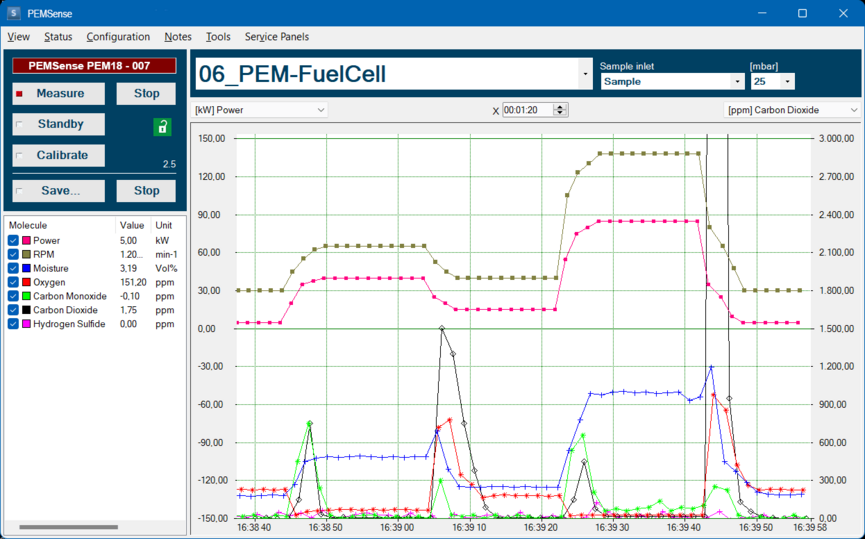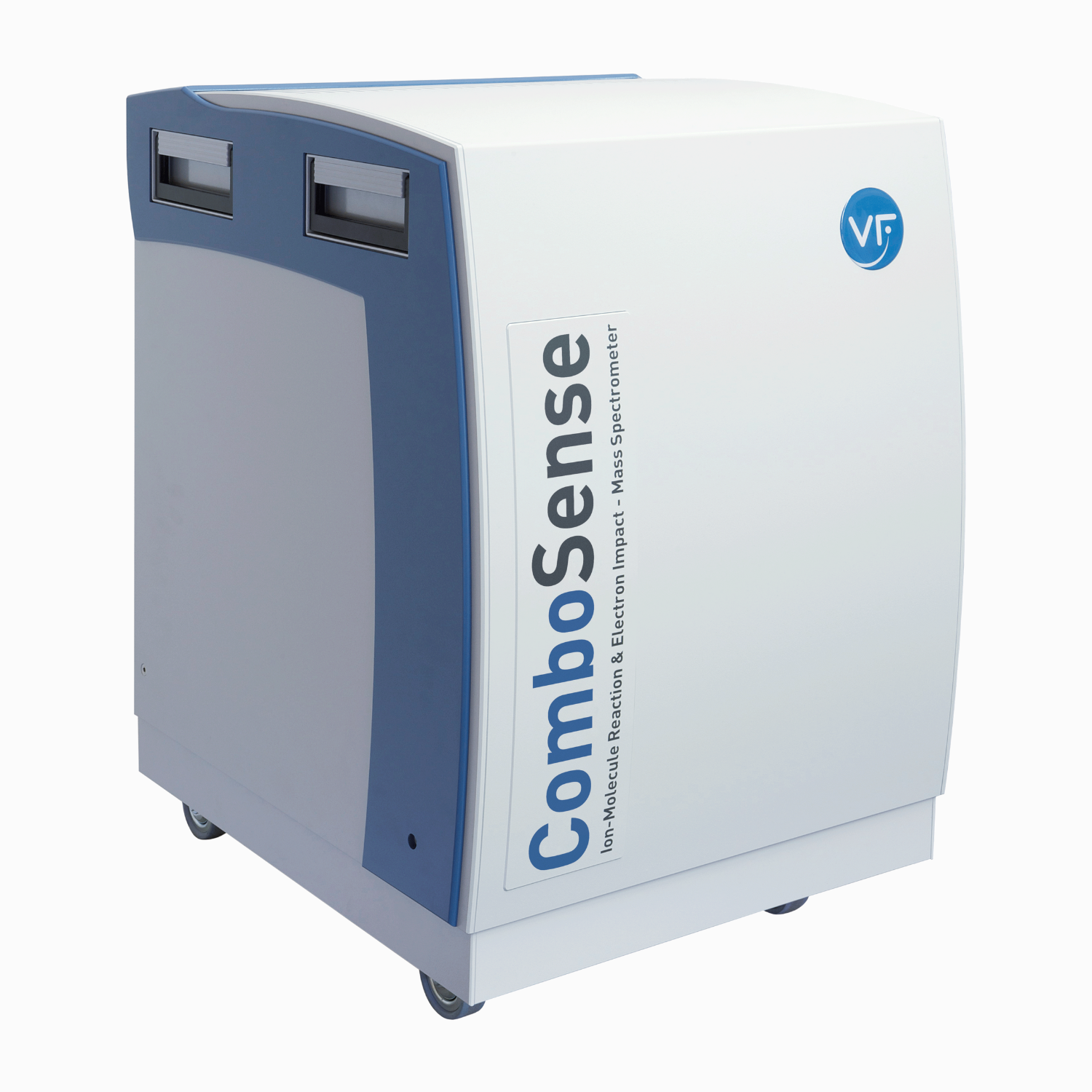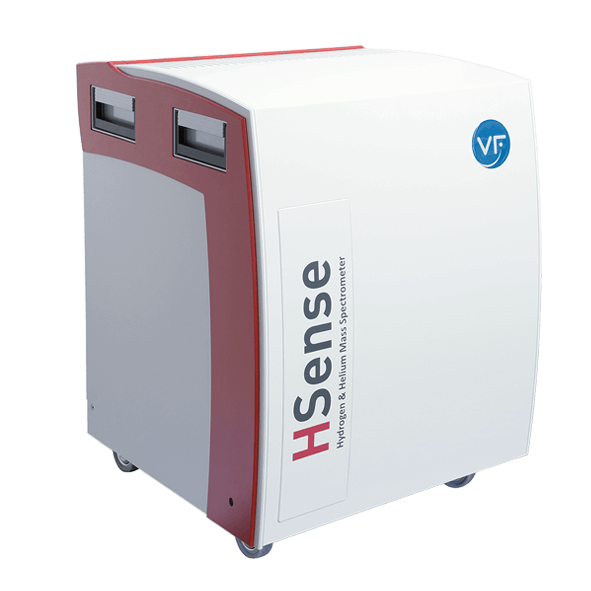Fuel cells such as the polymer electrolyte fuel cell (PEFC), which are used in motor vehicles and hydrogen technology, represent a milestone for the potentially sustainable energy system of the future. Current research in the field of fuel cell development is focused on the problem areas of efficiency improvement, reliability, and cost reduction. One problem that remains to be solved is the contamination and "poisoning" of the fuel cell, either by the combustible gas (from outside) or by the materials of which the cell itself is composed. Additionally, methods for comprehensive data collection for the analysis and optimization of the entire power generation process as well as the emission load are needed.
Background
Solution
The V&FComboSense Dual Mass Spectrometer provides the flexibility to analyze and quickly determine extremely diverse gas mixtures throughout the fuel cell process flow. The patented Ion Molecular Reaction Technology Mass Spectrometer (IMR-MS) enables trace analysis of gases in ppm or ppb levels. In addition, gases can be measured using the built-in electron impact mass spectrometer (EI-MS), which is available in volume percent. By simultaneously determining H2, O2 and HO2, the V&F ComboSense can be used to perform efficiency studies. By determining CO, CO2 and other indicators, the functionality of the fuel cell can be checked for defects and aging, such as organic sulfur and nitrogen compounds. The ComboSense is also well suited for the development and testing of H2 reformer technologies to produce hydrogen from various fuels, e.g. methane. V&F mass spectrometers can be equipped with a variety of interfaces to ensure good integration into automation systems, e.g. via communication using AK protocol.

Advantage
For some measurement technologies the gas matrix of the fuel cell gas analysis is an insurmountable problem. These effects are caused by the high water content and high concentrations of H2, which are present either in the fuel gas or in the exhaust gas. These can block gas transport, switching valves and seals. V&F mass spectrometers can suppress these effects by using a large vacuum and a background correction function. The V&F ComboSense offers enormous flexibility in terms of the molecules to be determined and their concentrations. This allows continuous measurements of fuel gas, determination of potential impurities as well as early detection of faults. It is therefore an ideal tool for research and production in fuel cell technology.









































